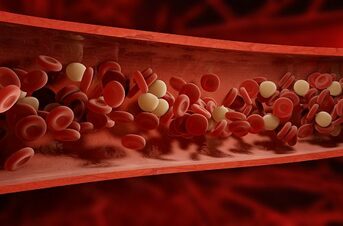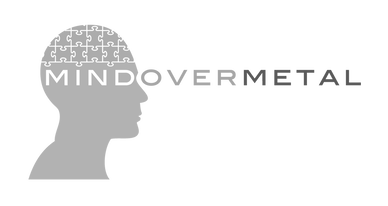Homocysteine
What is homocysteine and how is it produced in the body?

Homocysteine is an amino acid which is not obtained through our diet and found in food, it is synthesised and made in the body from another amino acid called methionine. Methionine can be found in protein-rich foods such as eggs, meats, dairy products, fish, seeds, nuts and certain vegetables. Consuming the amino acid methionine is a natural process because we obtain it our diet, the resulting byproduct of methionine intake is homocysteine which cannot be avoided.
Why homocysteine increases and decreases in the body?
Homocysteine is meant to be converted into cysteine as much as possible and also recycled back into methionine, these are the two processes homocysteine is supposed to go through but this can be disrupted due to interferences with methylation and B vitamin deficiencies such as B2, B6, B12 and B9 (folate), the result of this is an increase in homocysteine levels. MTHFR gene mutations (especially inheriting the mutation from both parents) is one of the primary causes of high homocysteine levels due to the B vitamin deficiencies that occur and the inability to turn B vitamins into their usable form, especially vitamin B9 which needs to be converted into methylfolate. It is possible to have normal homocysteine levels whilst having some form of an MTHFR gene mutation however and high homocysteine levels can sometimes be due to other factors such as:
- Alcoholism
- Diabetes
- Oestrogen deficiency
- Genetic factors
- High caffeine intake
- High protein take
- Intestinal disorders which affect nutrient absorption
- Kidney disease
- Lack of B vitamin intake
- Poor diet
- Prescription drugs (such as proton pump inhibitors)
- Stress
- Smoking
- Thyroid dysfunction
A moderate blood level of homocysteine which is reoccurring is classed as hyperhomocysteinemia and a consistent severe urine and blood level is classed as homocystinuria which is a rare inherited disease caused by a cystathionine beta-synthase (CBS) deficiency. Low homocysteine levels can also have negative effects on health but this is a less common issue. Low homocysteine or hypohomocysteinemia can be caused by a low methionine and a low cysteine intake, low dietary intake of vitamins B12 and folate can also lead to low homocysteine levels. Some form of an MTHFR gene mutation can be another factor in low homocysteine levels but this is less common as a mutation usually leads to an increase in homocysteine levels.
Testing for high or low homocysteine levels
Testing for both hyperhomocysteinemia (high homocysteine) and hypohomocysteinemia (low homocysteine) involves a homocysteine plasma test. If a severe reading comes back then this can be an indication of homocystinuria rather than hyperhomocysteinemia but mindovermetal does not provide further testing for homocystinuria in relation to a cystathionine beta-synthase (CBS) deficiency or the homocysteine urine test. Methylation status testing (MTHFR gene analysis etc) is also important and very useful.
For homocysteine testing please click here for the available tests page.
For homocysteine testing please click here for the available tests page.
Treatment for high or low homocysteine levels
Treatment for hyperhomocysteinemia and hypohomocysteinemia involves a particular supplement and diet regime which will help to correct methylation impairment and breakdown or increase homocysteine levels in the body. If you test positive for either hyperhomocysteinemia or hypohomocysteinemia then you will receive the necessary treatment information in the results email. If you have any questions about your results, then mindovermetal will answer them for you.

